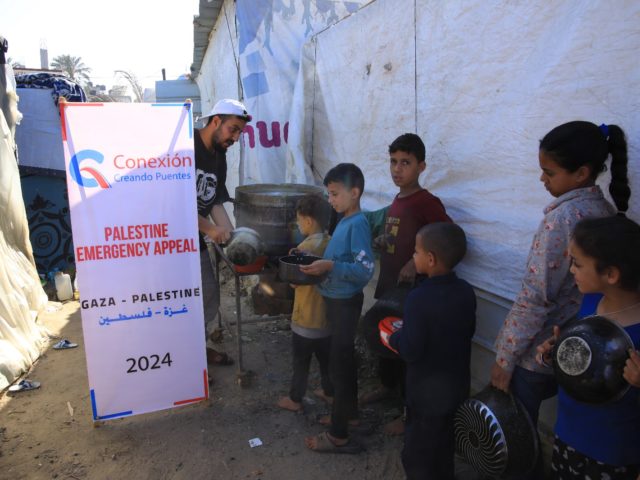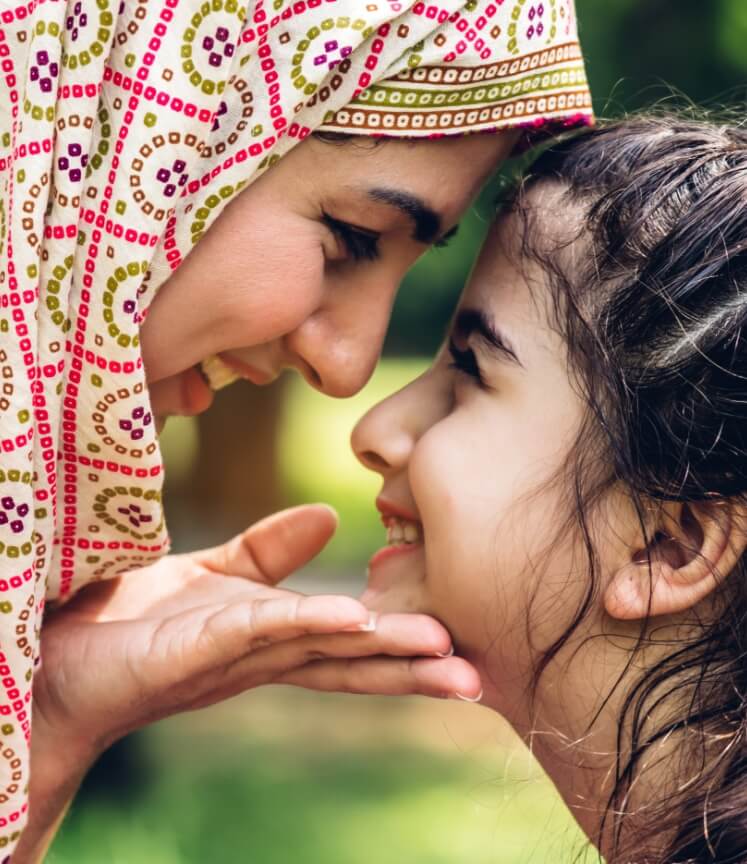After more than four decades of displacement, Afghan refugees constitute one of the largest protracted refugee situations in the world and one of the largest displacement crises in modern history. In recent years, some Afghan refugees have returned home, while others remain as refugees outside their country of origin. Since 2002, some 5.3 million Afghan refugees have returned to Afghanistan under the voluntary repatriation program facilitated by UNHCR. Today, the Islamic Republics of Iran and Pakistan continue to host more than 2 million registered Afghan refugees.
While tens of thousands of people are desperately seeking to flee Afghanistan for fear of reprisals and the imposition of a strict Taliban regime, the rest of the world is bracing for a possible migration crisis. Several Western powers have pledged to take in a certain number of refugees, particularly those civilians who aided U.S. and NATO coalition forces during 20 years of military operations. But some global leaders have already pointed to the need for measures to contain “irregular” migration. Several countries neighbouring Afghanistan – which for many years have received Afghan migrants – have begun closing borders and erecting fences to prevent movement.
In Latin America, Mexico, Chile and Costa Rica have announced plans to take in a certain number of Afghans, giving priority to women and others at risk.
On the other hand, the office of the United Nations High Commissioner for Refugees (UNHCR) stated that many Afghans attempting to leave the country are not being allowed to leave.
Taliban militias have set up checkpoints around the international airport in the capital, Kabul, and are blocking the passage of those without valid travel documents.
In the face of the growing emergency, UN Secretary General Antonio Guterres urged all countries to take in refugees and refrain from deporting Afghans who were already there before this latest crisis.
So, what is being done to help refugees in the face of a possible migration crisis?
Pakistan, Iran and Turkey
These regional powers have been destinations for Afghan migrants – including refugees – for many years.
In Pakistan, which shares the longest border of all Afghanistan’s neighbours, there are already some 1.4 million registered Afghan refugees who have been living there for decades, according to UNHCR. The figure doubles if those who are unregistered are considered.
There is commercial activity between the two countries, and at first glance the situation seems almost normal in the town of Tarkham, the most congested border crossing. But since the Taliban took control on August 15, it has become clear that much has changed, reports Sarah Atiq, a correspondent for the BBC’s Urdu service.
A few days ago, hundreds of frightened Afghan civilians flocked to the border town, but only traders with valid travel documents were allowed through. Border authorities in Pakistan confirmed to the BBC that they have stepped up verification procedures for those seeking to enter the country.
Other regional governments have begun to implement more forceful measures to contain large-scale migration.
Iran, which according to UNHCR has some 780,000 Afghan nationals on its territory, instructed its officials to turn away all Afghans who present themselves at border posts.
Turkey, which already hosts 3.6 million registered Syrian refugees, in addition to nearly 320,000 people of other nationalities, has been worried for some time about a possible wave of Afghan migrants from Iran.
Turkish President Recep Tayyip Erdogan promised to complete a wall along the border with Iran, where hundreds of Afghans have crossed the country in recent weeks.
Distribution of evacuees by country
United States: about 7,000 people. Washington promises to pull out 22,000 vulnerable Afghans and all 15,000 Americans. And to do so, President Biden is prepared to extend the presence beyond August 31, the scheduled date of complete withdrawal.
United Kingdom: about 1,200 people as of Sunday including Afghans. Seeks to remove about 1,000 per day
Germany: 900 people as of Sunday, including 100 Afghans
France: 209 people, including 184 Afghans
Spain: 53 people
Netherlands: 35 Dutch and aims to remove 1,000 Afghan workers and their families
Denmark: 84 people
Hungary: 26 Hungarians
Poland: 50 people
Czech Republic: 46 people, including Afghan workers
Japan: 12 embassy staff
Australia: 26 people including Afghans. Says it is unlikely to help all its Afghan workers.
India: 170 people
Turkey: 552 Turkish nationals
Switzerland: plans to evacuate 230
U.S., U.K., Europe and Canada
The United States and European countries are evacuating thousands of Afghans who worked with Western forces as interpreters and other support trades during the 20-year military operation.
Washington has so far evacuated more than 5,200 people, including 2,000 in the last day. The Biden administration has committed to evacuate 22,000 vulnerable Afghans through the “Operation Refuge to Allies” program.
The U.S. is asking third countries to temporarily host Afghans seeking asylum while their visas are being processed. Uganda has already agreed to take in 2,000 refugees.
The issue of more refugees entering the U.S. has generated an intense political debate between the Democratic administration of Joe Biden and the Republican opposition.
The UK has pledged to resettle 20,000 refugees over a five-year period, with the first 5,000 expected to arrive this year.
The Conservative government, through its defence secretary, claimed that 10 Royal Air Force flights leave Kabul daily with Afghans who assisted the operatives and their families.
But Kier Starmer, leader of the British Labour opposition, criticized the repatriation targets as too small and charged that the 20,000 figure had been “taken at random.”
Meanwhile, in Germany, the first flight carrying Afghan nationals landed Wednesday from Uzbekistan.
German Chancellor Angela Merkel said up to 10,000 people would need to be evacuated, including those who worked alongside the German contingent in Afghanistan, humanitarian activists, lawyers and others considered at risk.
Spain also joined efforts to take in Afghan refugees. Spanish Prime Minister Pedro Sanchez said his country will temporarily receive evacuated Afghan nationals who worked for the European Union (EU).
This Thursday, the first transport of Spanish and Afghan citizens evacuated from Kabul landed at Torrejón de Ardoz airport in Madrid.
The latter will receive a provisional identity card with a special visa to stay in Spain.
EU foreign policy chief Josep Borrell said member states would make “every effort” to ensure the safety of all Afghan nationals who worked with the bloc, including offering them refuge within Europe.
But EU leaders have also expressed concern about a possible migration crisis on the continent.
In a televised address, French President Emmanuel Macron said European nations “must anticipate and protect themselves against large irregular migratory waves.”
“Europe alone cannot bear the consequences of the current situation,” he added.
Canada, for its part, announced that it would welcome 20,000 refugees, including women in leadership positions, humanitarian workers and journalists, to protect them from possible Taliban retaliations.
Latin America
So far, three Latin American countries have declared their willingness to receive several refugees, giving priority to women and girls: Mexico, Chile and Costa Rica.
Mexican Foreign Minister Marcelo Ebrard announced on his Twitter account that the government will begin processing the first refugee applications for Afghan citizens through the Mexican embassy in Iran.
The ministry did not provide further details on the matter “because they are people who are at risk”. The offer was praised by the director of UNHCR in Mexico, Giovanni Lepri.
Lepri explained that for an Afghan citizen to aspire to be considered a refugee in Mexico, he/she must arrive in Mexican territory and request such registration.
Otherwise, through diplomatic channels, what the Mexican government can offer from Iran is political asylum.
Mexico has a long tradition of receiving refugees fleeing armed conflict and repression in their countries. In recent years it has taken in those affected by the war in Syria.
For its part, Chile has indicated that it will welcome Afghans who have dedicated themselves to promoting women’s rights and who feel threatened.
President Sebastián Piñera said he is committed to receiving some 10 families through a program of the NGO Front Line Defenders.
He added that they will also assist the sister of an Afghan woman studying at the University of Chile.
Translated from Spanish
Proofreading: Elaine Boyd
1st September 2021





